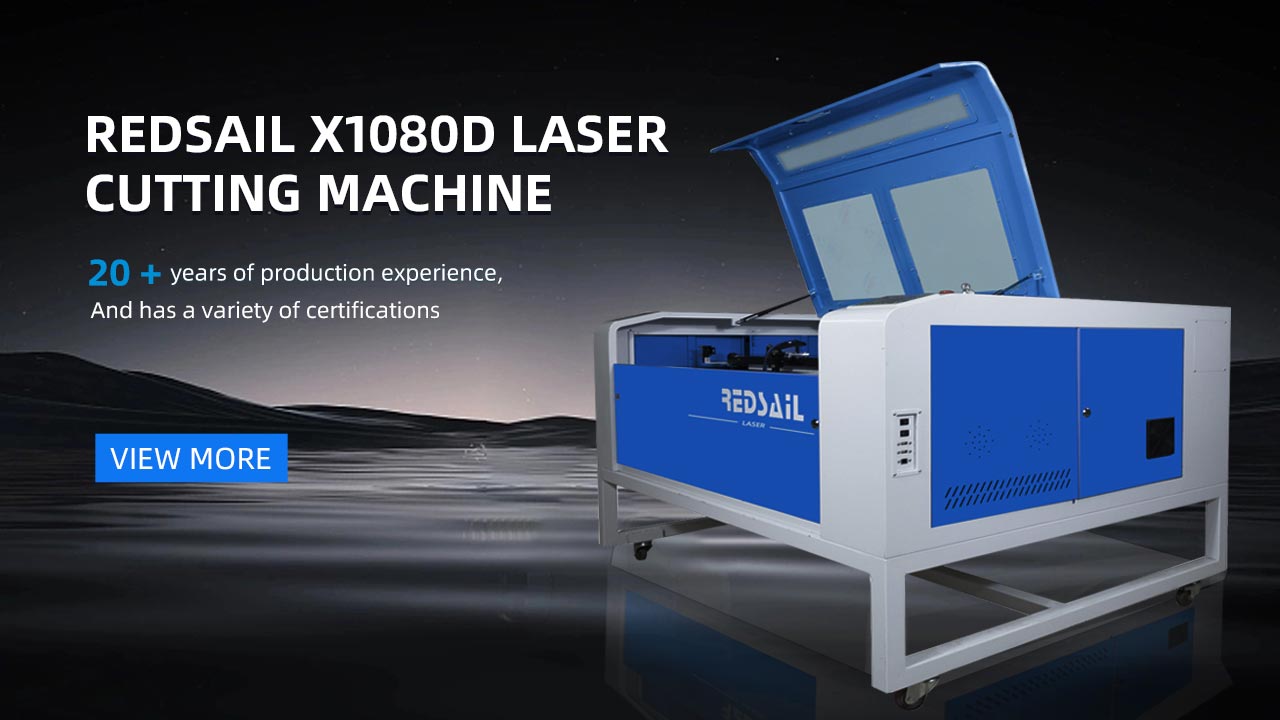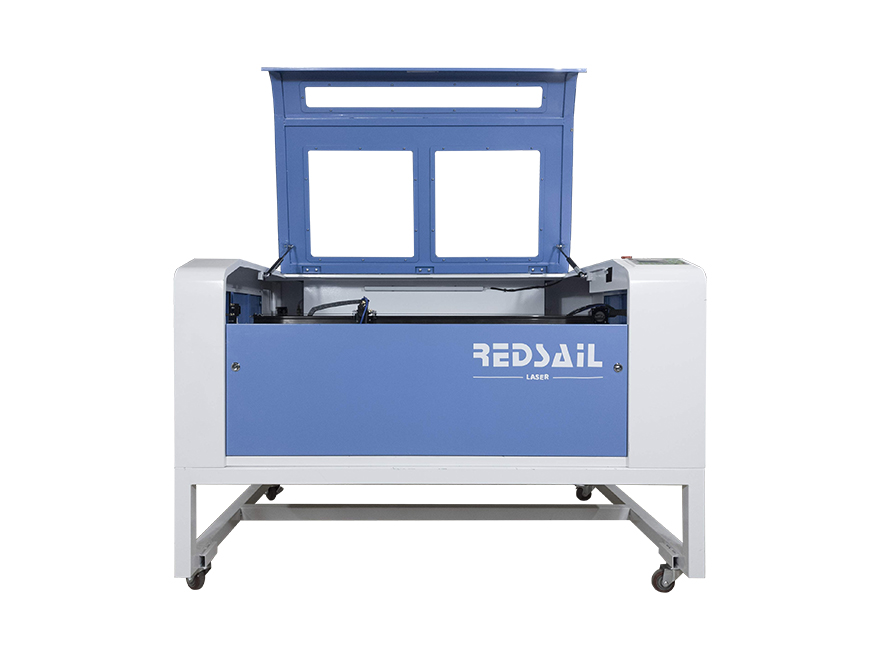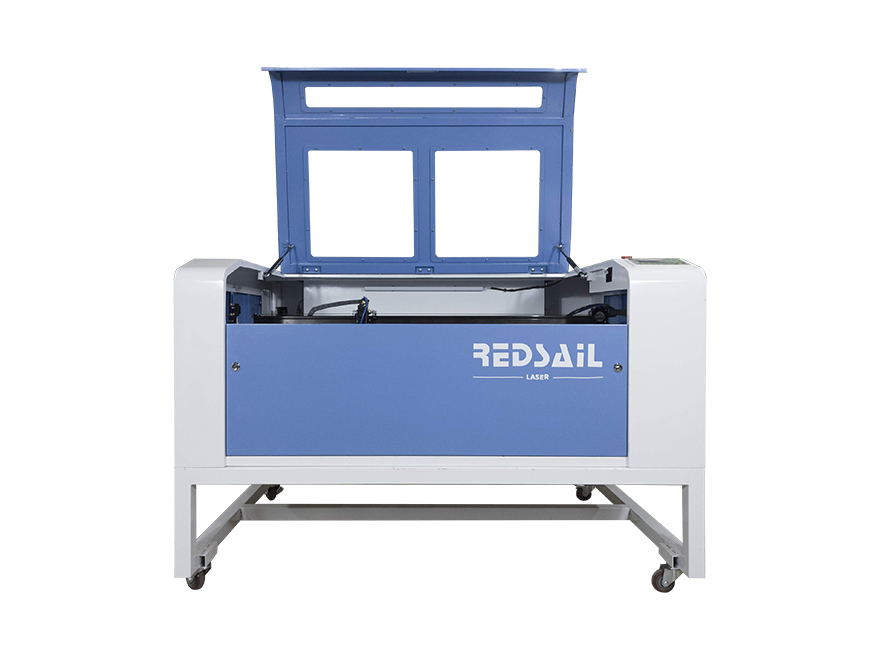Most organic and inorganic materials can be cut using laser cutting machines. Laser cutting technology has relatively obvious advantages over other traditional cutting methods. Laser cutting machines not only have the main characteristics of narrow cutting seams and small workpiece deformation, but also have the characteristics of fast speed, high efficiency, low cost, safe operation, and stable performance.
How to maximize the value of the equipment is mainly to make it fully utilized in use. How to adjust the cutting effect, first of all, it is necessary to make reasonable adjustments to the equipment according to the actual situation during the use process to achieve an ideal cutting effect.
1: For the first part of debugging a laser cutting machine, you can use test paper and workpiece waste to spot determine the accuracy of the focal length position. Move the position of the upper and lower laser head height, and the laser spot size will vary when spotting. Adjust different positions multiple times to find the smallest light spot position to determine the focal length and the optimal position of the laser head. When the light point of the focus laser is adjusted to the minimum, it is the optimal processing focal length.
2: The process parameters and power levels for cutting different materials are different. Taking cutting stainless steel with a thickness of 5mm as an example, cutting 5mm stainless steel requires a 1000 watt laser power. If a 500 watt or 800 watt laser is selected, even if it can cut, the cutting speed is relatively slow, and the effect is poor, resulting in many burrs and burrs. Therefore, it is recommended to use a minimum of 1000 watt fiber laser cutting machine to achieve good results, The higher the power of the laser cutting machine, the better the use effect and the faster the speed.
3: The collimation of the cutting head of an optical fiber laser cutting machine and the size of the focus lens used all have an impact on the cutting effect. It is necessary to adjust the laser to the center of the cutting nozzle and adjust the focal length and offset data. Generally, 5mm stainless steel is adjusted to about – 3.
4: The final visual effect of different auxiliary gases is different. When cutting 5mm stainless steel, the edges cut with nitrogen are white, the edges cut with oxygen are black, and the edges cut with air are yellow. For nitrogen cutting, the air pressure needs to be adjusted to 1.5 MP, for oxygen cutting, the air pressure needs to be adjusted to 0.4 MP, and for air cutting, the air pressure needs to be adjusted to 1.5 MP. The air pressure can reach the standard.
5: The cutting speed used needs to be adjusted according to the actual situation. Controlling the cutting speed properly is an important part of controlling the cutting effect, and it is not necessary to adjust the cutting speed to the desired speed. Too fast or too slow can lead to problems such as edge burning or incomplete cutting of materials.
1: If the spark appears non diffusive and less condensed, it indicates that the speed is too slow.
2: If the spark diffuses from top to bottom, it indicates that the cutting speed is appropriate;
3: If the spark tilts backward, it indicates that the feed speed is too fast;



